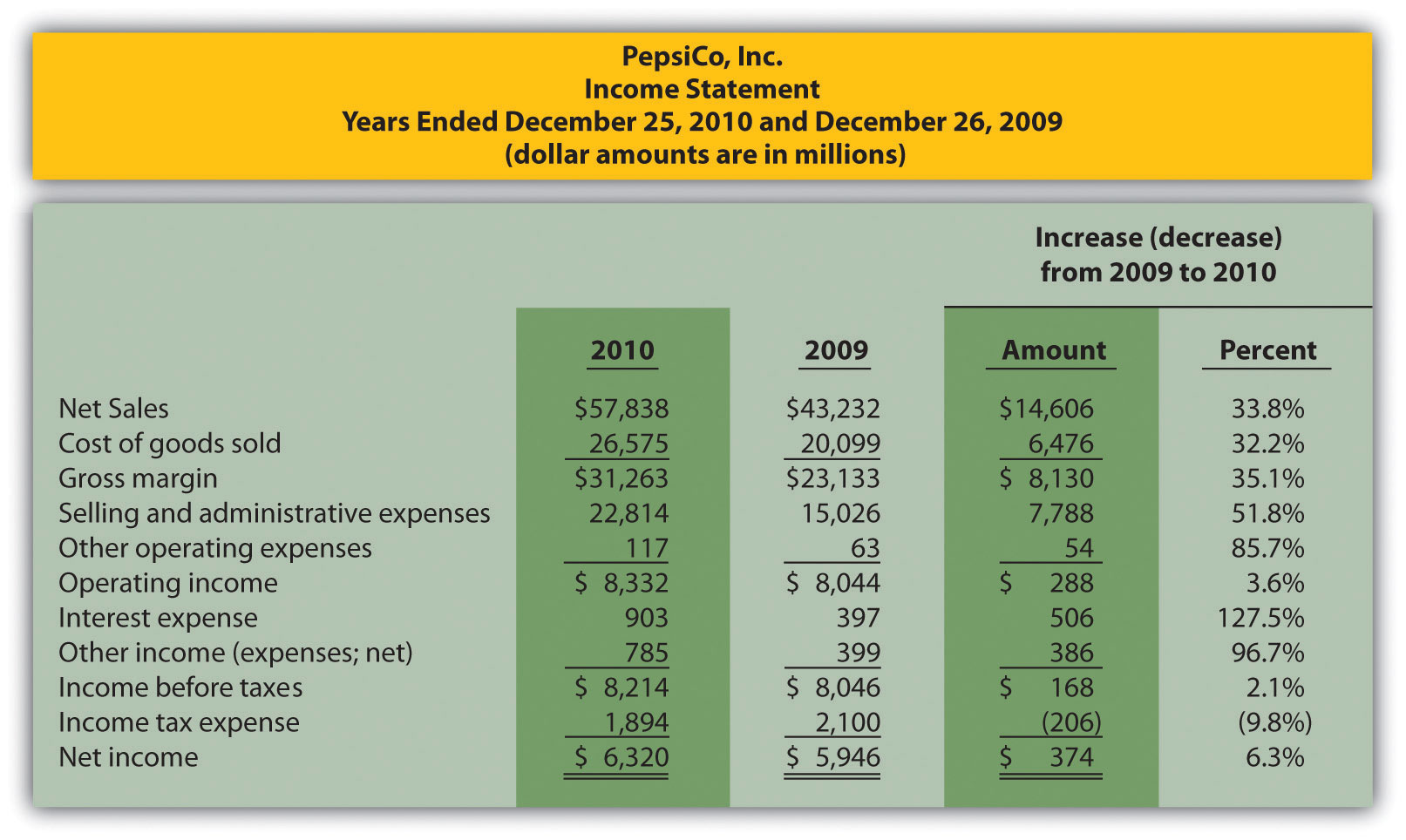

Finance
How To Get Training Debt Bonds
Modified: February 21, 2024
Learn how to manage your training debt bonds and take control of your finances with our expert guidance. Start your journey towards financial freedom today!
(Many of the links in this article redirect to a specific reviewed product. Your purchase of these products through affiliate links helps to generate commission for LiveWell, at no extra cost. Learn more)
Table of Contents
Introduction
Welcome to the world of training debt bonds, where individuals can access financial assistance to pursue their education and skill development. In today’s competitive and rapidly evolving job market, it has become essential for individuals to continuously upgrade their knowledge and acquire new skills to stay ahead of the curve.
Training debt bonds provide a unique solution to the financial challenges faced by many aspiring professionals. This innovative financial instrument allows individuals to secure funds for their training and education, enabling them to invest in their personal and professional growth.
Whether you’re a recent high school graduate looking to kickstart your career or a working professional aiming to enhance your skill set, training debt bonds can be a valuable tool in accomplishing your goals. These bonds not only provide the much-needed financial support, but also offer several benefits that make them an attractive option for those seeking educational and vocational training.
In this comprehensive guide, we will delve into the world of training debt bonds, exploring their benefits, eligibility requirements, application process, repayment options, and important considerations. By the end, you’ll have a clear understanding of how to navigate through the world of training debt bonds and make informed decisions about pursuing your educational and career aspirations.
Understanding Training Debt Bonds
Training debt bonds are financial instruments designed to assist individuals in funding their education and vocational training. They function similar to traditional bonds, where investors provide the capital that is then used to provide training loans to qualified individuals.
Unlike traditional student loans, training debt bonds offer more flexibility in terms of the type of training that can be financed. They can be used to fund various forms of education and skill development, ranging from vocational training programs to professional certification courses and even advanced degree programs.
One key aspect of training debt bonds is that they are often issued by private companies or organizations rather than government entities. This means that the terms and conditions of these bonds may vary depending on the issuer. It’s essential to carefully evaluate the terms, interest rates, and repayment options before committing to a particular bond.
Training debt bonds are typically structured with specific maturity dates and interest rates. The maturity date determines the duration of the bond, indicating when the bondholder can expect to receive the principal amount back, along with any accrued interest. Interest rates on training debt bonds can be fixed or variable depending on the terms of the bond.
Another crucial aspect to understand about training debt bonds is the concept of bond rating. Just like traditional bonds, these financial instruments are often assigned a credit rating by credit rating agencies. The rating reflects the issuer’s creditworthiness and the likelihood of repayment. Higher-rated bonds are considered to have lower default risk and, therefore, offer more security to investors.
It’s important to note that training debt bonds are different from income share agreements (ISAs). While both options provide funding for training and education, ISAs involve the individual agreeing to repay a percentage of their future income for a specified period, while training debt bonds are a more traditional loan structure.
Now that we have a basic understanding of training debt bonds, let’s explore the benefits they offer to individuals seeking financial support for their educational pursuits.
Benefits of Training Debt Bonds
Training debt bonds offer a range of benefits to individuals looking to finance their education and vocational training. Here are some key advantages of opting for training debt bonds:
- Access to Funds: Training debt bonds provide individuals with the financial resources necessary to pursue their education and training goals. Whether you’re looking to enroll in a vocational program, attend a specialized training course, or pursue an advanced degree, these bonds can help you cover the associated costs.
- Flexibility: Unlike traditional student loans, training debt bonds offer greater flexibility in terms of the types of programs and courses that can be financed. This means you have the freedom to choose the educational path that aligns best with your career aspirations and interests.
- Competitive Interest Rates: Depending on the issuer and the terms of the bond, training debt bonds may offer competitive interest rates. It’s important to compare rates from different issuers to ensure you obtain the most favorable terms.
- Repayment Options: Training debt bonds typically come with flexible repayment options, allowing you to structure your payments based on your financial circumstances. Some bonds may offer deferred repayment until after you complete your training, while others may allow for income-based repayment plans.
- Invest in Your Future: By utilizing training debt bonds, you are investing in your personal and professional growth. The skills and knowledge you gain from your education and training can significantly enhance your career prospects, potentially leading to higher earning potential and job satisfaction.
- Build Credit History: Successfully managing your training debt bond repayments can positively impact your credit history and credit score. This can be beneficial in the long run when applying for other loans or financial products.
- Support from Training Providers: Some training institutions and organizations may have partnerships with issuers of training debt bonds, offering additional support and resources to individuals who choose this financing option. This collaboration can provide valuable networking and career development opportunities.
As with any financial decision, it’s important to carefully consider the benefits and potential drawbacks of training debt bonds. In the next section, we will explore the eligibility requirements for obtaining these bonds.
Eligibility for Training Debt Bonds
The eligibility requirements for training debt bonds may vary depending on the issuer and the specific bonds you are applying for. However, there are some common criteria that individuals typically need to meet in order to be considered eligible for these financial instruments. Here are some key factors to consider:
- Educational or Training Program: To be eligible for training debt bonds, you will need to be enrolled in an eligible educational or training program. This can include vocational training programs, certification courses, community college programs, and even higher education degree programs.
- Enrollment Status: Most training debt bonds require individuals to be enrolled at least part-time in their chosen program. Full-time enrollment may be preferred by some issuers, so it’s important to check the specific requirements.
- Age and Citizenship: Typically, individuals applying for training debt bonds must be of legal age and have appropriate citizenship or residency status in the country where the bonds are offered. Verification of identity and residency may be required during the application process.
- Creditworthiness: While training debt bonds may not have the same strict credit requirements as traditional loans, issuers may still consider your credit history and financial background. Good credit can strengthen your application, but even individuals with limited credit history may still be eligible.
- Income: Some training debt bonds may have income thresholds or requirements. This can help determine repayment terms based on your ability to handle the loan payments. Income verification may be requested during the application process.
- Cosigner: In certain cases, issuers may require a cosigner for the training debt bond, especially for individuals with limited credit history or lower income. A cosigner is someone who guarantees repayment of the loan if the primary borrower is unable to fulfill their obligations.
It’s important to carefully review the eligibility criteria set by the issuer of the training debt bonds you are interested in. Each issuer may have different requirements, so be sure to verify the specific details before applying. Additionally, keep in mind that meeting the eligibility requirements does not guarantee approval of the bond. The final decision will depend on the issuer’s discretion and evaluation of your application.
Now that we’ve covered the eligibility requirements, let’s delve into the process of applying for training debt bonds.
Applying for Training Debt Bonds
When it comes to applying for training debt bonds, the process may vary depending on the issuer and the specific bonds you are interested in. While the exact steps may vary, here is a general overview of what you can expect when applying for training debt bonds:
- Research and Compare: Begin by researching different issuers and their training debt bonds. Compare interest rates, repayment terms, and any additional features or benefits offered. This will help you identify the bonds that best align with your needs and goals.
- Gather Required Documents: Before starting the application process, gather any necessary documents such as identification, proof of enrollment in an eligible program, income verification, and credit history. Review the issuer’s requirements to ensure you have all the necessary paperwork.
- Complete the Application: Fill out the application form provided by the issuer. Be thorough and accurate in providing the requested information. This may include personal details, educational background, financial information, and any additional information required by the issuer.
- Submit Supporting Documents: Along with the application form, you may need to submit supporting documents such as transcripts, enrollment verification, bank statements, or proof of income. Ensure that you include all required documentation to support your application.
- Review and Approval: After submitting your application, it will undergo a review process by the issuer. They will assess your eligibility, creditworthiness, and other factors to determine whether you qualify for the training debt bond. This process may take some time, so be patient during the evaluation period.
- Receive Approval Confirmation: If your application is approved, you will receive notification from the issuer. This communication will include details about the bond, such as the approved loan amount, interest rate, repayment terms, and any additional conditions or requirements.
- Agree to Terms and Conditions: Once you have received the approval confirmation, carefully review the terms and conditions of the training debt bond. Take note of important details such as repayment schedules, interest rates, and any penalties or fees. If you agree to the terms, sign and return any required documents as instructed.
- Receive Funds and Begin Training: After completing the necessary paperwork, the funds from the training debt bond will be disbursed to you or directly to the educational institution or training provider. You can then start your training or educational program, knowing that you have the financial support you need.
It’s important to remember that each issuer may have different application procedures and requirements. Therefore, it’s essential to follow the instructions provided by the specific issuer you are applying to. If you have any questions or need assistance during the application process, don’t hesitate to reach out to the issuer’s customer service team.
Now that we’ve covered the application process, let’s explore the different repayment options available for training debt bonds.
Repayment Options for Training Debt Bonds
When it comes to repaying training debt bonds, there are typically several options available to borrowers. The specific repayment options may vary depending on the issuer and the terms of the bond. Here are some common repayment options you may encounter:
- Standard Repayment: The most straightforward repayment option is the standard repayment plan. With this option, borrowers make fixed monthly payments for a set period until the bond is fully paid off. The repayment period and the amount of each installment will be clearly outlined in the terms and conditions of the bond.
- Income-Based Repayment: Some training debt bonds offer income-based repayment plans. With this option, your repayment amount is determined based on a percentage of your income. This allows for more flexibility, as the monthly payments adjust according to your income level, making it more manageable during periods of lower income.
- Deferred Repayment: In certain cases, training debt bonds may offer deferred repayment options. This means that borrowers have the option to postpone making payments until after they have completed their training or education. Deferred repayment can ease financial burden during your training period, but keep in mind that interest may continue to accrue during this time.
- Graduated Repayment: Some issuers may offer graduated repayment plans. Under this arrangement, borrowers start with lower monthly payments in the initial years of repayment, with the payment amount gradually increasing over time. This option is particularly beneficial for individuals who expect their incomes to increase steadily in the future.
- Prepayment: Depending on the terms of the bond, borrowers may have the option to make prepayments or pay off the bond in full before the maturity date. Prepayment options can help save on interest and shorten the overall repayment period. However, it’s important to review the bond terms to understand if any prepayment penalties or fees apply.
When selecting a repayment option, it’s crucial to carefully consider your financial situation and choose a plan that aligns with your income and future prospects. Additionally, it’s important to review the terms and conditions of the repayment options offered by the issuer, paying attention to any potential fees or penalties.
If you are unsure about which repayment option is best for you, it can be helpful to seek advice from a financial advisor or speak directly with the issuer to gain a better understanding of the options available and make an informed decision.
Now that we have explored the various repayment options, let’s discuss some important considerations to keep in mind before getting training debt bonds.
Considerations Before Getting Training Debt Bonds
Before obtaining training debt bonds, it’s essential to carefully consider various factors to ensure that this financing option aligns with your financial goals and circumstances. Here are some key considerations to keep in mind:
- Financial Capability: Assess your financial situation and determine if taking on additional debt is a feasible option for you. Consider your income, expenses, and existing financial obligations to ensure that you can comfortably manage the monthly payments associated with the training debt bond.
- Interest Rates and Terms: Thoroughly review the interest rates, repayment terms, and any hidden fees associated with the training debt bond. Compare offers from different issuers to ensure that you obtain the most favorable rates and conditions.
- Future Earnings Potential: Evaluate the potential return on investment that your chosen training or educational program can provide. Research the job market and projected salary ranges for your field of interest to determine if the financial investment is likely to pay off in the long run.
- Career Stability: Consider the stability and demand of your chosen career path. Ensure that there are sufficient job opportunities and growth prospects in your field to support your future financial obligations, including the repayment of the training debt bond.
- Alternative Funding Sources: Explore other funding options, such as scholarships, grants, or employer-sponsored educational assistance programs. These sources can help reduce the amount of debt you need to take on to finance your training or education.
- Repayment Flexibility: Consider your desired level of flexibility in repaying the training debt bond. Assess whether a standard repayment plan, income-based repayment, or another option best suits your financial situation and expected income trajectory.
- Risk and Creditworthiness: Evaluate your creditworthiness and understand the potential risks associated with taking on debt. Recognize that defaulting on the training debt bond can have severe consequences for your credit score and future financial opportunities.
- Long-Term Financial Goals: Consider how obtaining a training debt bond aligns with your long-term financial goals. Assess whether the investment in training and education will contribute to your career advancement, earning potential, and overall financial well-being.
It’s crucial to take the time to research, gather information, and make an informed decision before committing to training debt bonds. Carefully consider your personal circumstances and ensure that obtaining the bond is a prudent step towards your educational and career goals.
Now that we have explored the important considerations, let’s conclude our guide to training debt bonds.
Conclusion
Training debt bonds offer individuals a valuable opportunity to access financial support for their education and vocational training needs. They provide a flexible and customizable financing option that can help individuals pursue their educational and career goals without placing an overwhelming financial burden on them.
In this comprehensive guide, we have explored the world of training debt bonds, understanding their purpose, benefits, eligibility requirements, and application process. We have also discussed the various repayment options available and important considerations to keep in mind before obtaining training debt bonds.
By utilizing training debt bonds, individuals can gain access to funds that enable them to invest in their personal and professional growth. Whether you are aiming to enroll in a vocational program, acquire new skills, or pursue an advanced degree, these bonds can provide the necessary financial support to embark on your educational journey.
It’s important to carefully assess your financial capability, consider the interest rates and terms, evaluate your future earnings potential, and explore alternative funding sources before deciding to obtain training debt bonds. By doing so, you can ensure that your decision aligns with your long-term financial goals and sets you on a path towards success.
Remember to thoroughly research different issuers and their bonds, compare offers, and understand the terms and conditions before committing to a specific training debt bond. If you have any doubts or need assistance, seek advice from financial professionals who can provide guidance tailored to your unique circumstances.
With the right blend of financial planning, careful consideration, and a commitment to personal growth, training debt bonds can be a valuable tool to help you achieve your educational and career aspirations. Use this guide as a starting point, and embark on your journey towards a brighter future with the support of training debt bonds.














